Optimal Timing for Roofing Services
Choosing the optimal time for roofing service can impact the quality and longevity of the work. Weather conditions, temperature, and humidity are key factors that influence the best period for roof maintenance, repairs, or replacement.
Spring offers moderate temperatures and longer daylight hours, making it suitable for roofing projects. It minimizes delays caused by harsh weather conditions.
Summer provides warm weather, ideal for roofing work. However, high temperatures can pose safety risks and may affect material performance.
Fall is often considered optimal for roofing due to cooler temperatures and dry weather, reducing the risk of weather-related disruptions.
Winter is generally less favorable due to cold temperatures, snow, and ice, which can hinder roofing work and compromise safety.

Spring weather conditions create ideal circumstances for roofing projects, with less risk of delays.

Warm summer days facilitate efficient roofing installation and repairs.

Autumn provides cooler, dry days that are optimal for roofing maintenance.
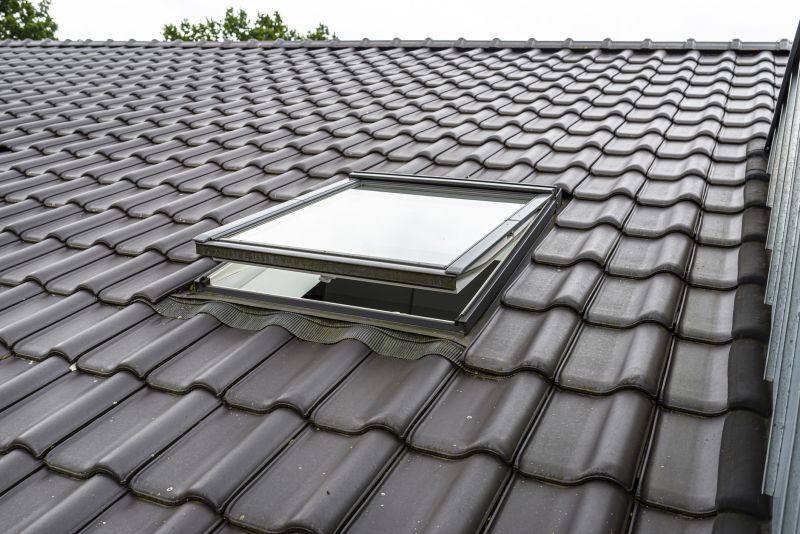
Ways to make Roofing Service work in tight or awkward layouts.

Popular materials for Roofing Service and why they hold up over time.

Simple add-ons that improve Roofing Service without blowing the budget.
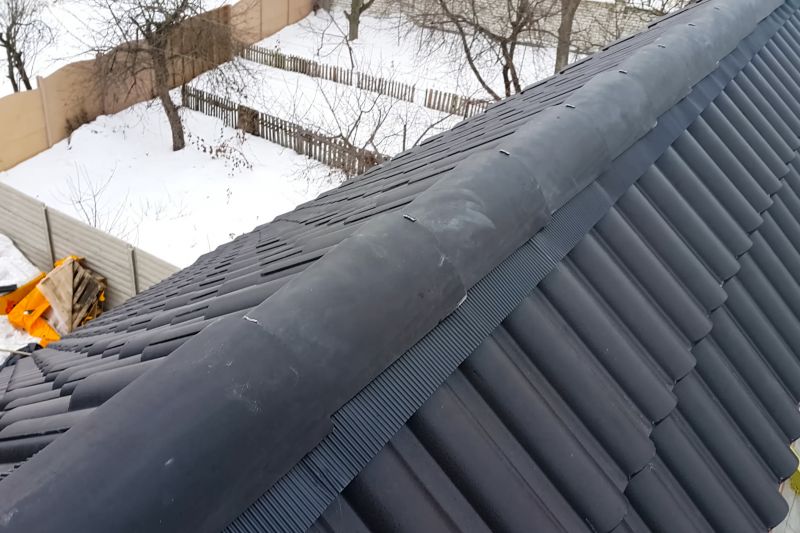
High-end options that actually feel worth it for Roofing Service.
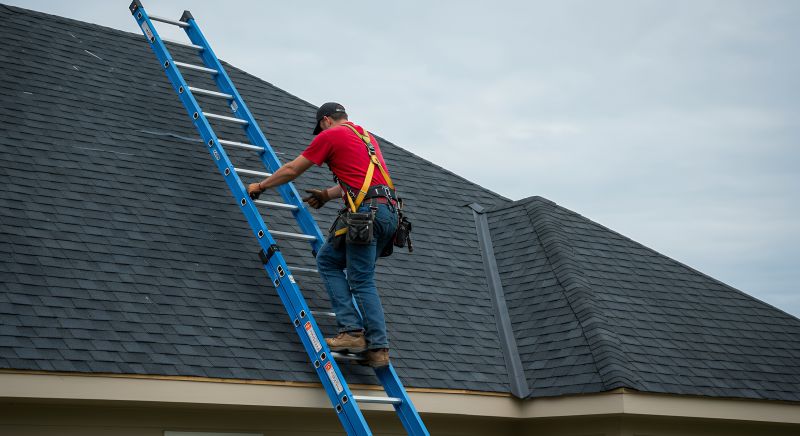
Finishes and colors that play nicely with Roofing Service.
Roofing services encompass a range of projects including repairs, replacements, and inspections. Proper timing ensures that materials adhere well, and weather conditions do not cause delays or compromise workmanship. Seasonal considerations are essential for achieving durable results and minimizing disruptions.

Different materials perform best under specific weather conditions, influencing the timing of installation.

Rain, snow, and extreme temperatures can delay or complicate roofing projects.

Scheduling during favorable weather reduces risks and improves quality.

Optimal weather minimizes safety hazards for roofing crews.

Little measurements that prevent headaches on Roofing Service day.

A 60-second routine that keeps Roofing Service looking new.

A frequent mistake in Roofing Service and how to dodge it.
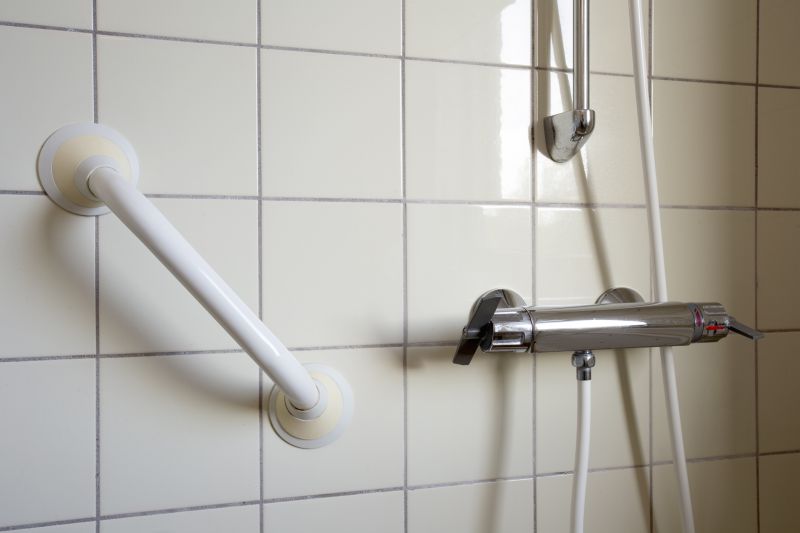
Small tweaks to make Roofing Service safer and easier to use.
| Season | Advantages |
|---|---|
| Spring | Moderate temperatures, longer days, less weather delays. |
| Summer | Warm weather, efficient installation, longer daylight. |
| Fall | Cooler temperatures, dry conditions, ideal for repairs. |
| Winter | Limited, generally not recommended due to cold and snow. |
Understanding the seasonal factors affecting roofing can help in planning maintenance and repairs effectively. Proper timing ensures better adherence of roofing materials, reduces the risk of weather-related damage, and extends the lifespan of the roof.

Scheduling during favorable weather improves project outcomes.
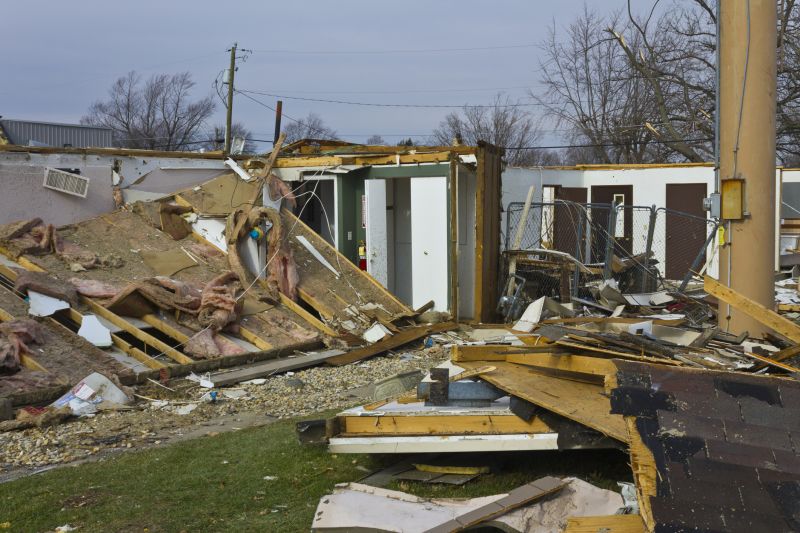
Weather conditions directly influence roofing quality and safety.
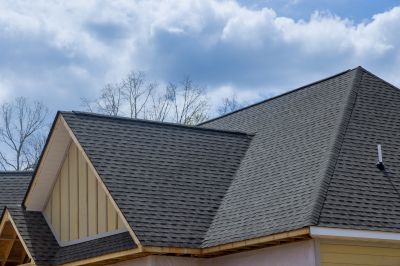
Aligning projects with optimal seasons enhances durability.
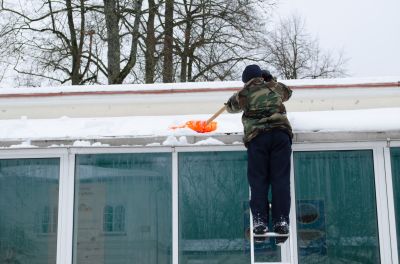
Each season presents unique challenges and opportunities for roofing.
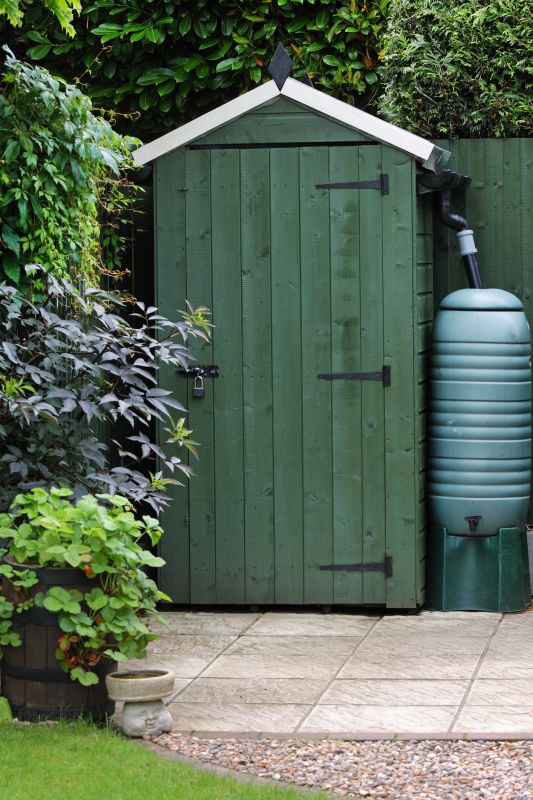
Lower-waste or water-saving choices for Roofing Service.
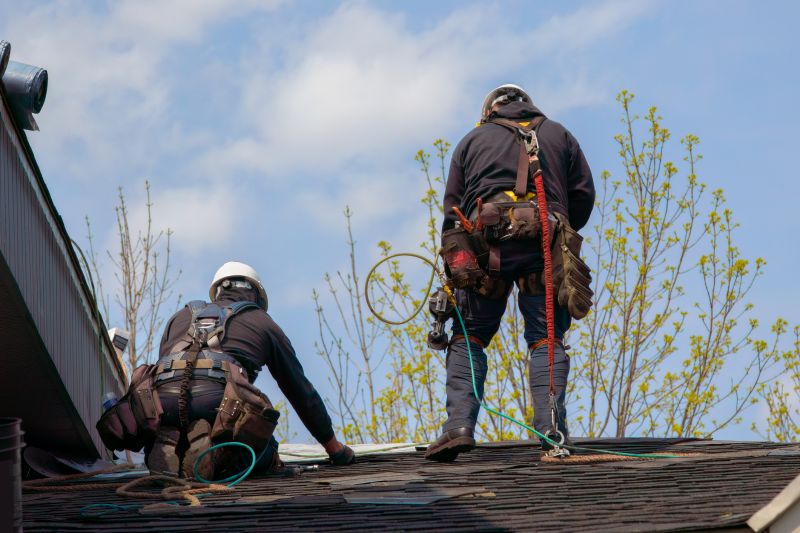
The short, realistic tool list for quality Roofing Service.
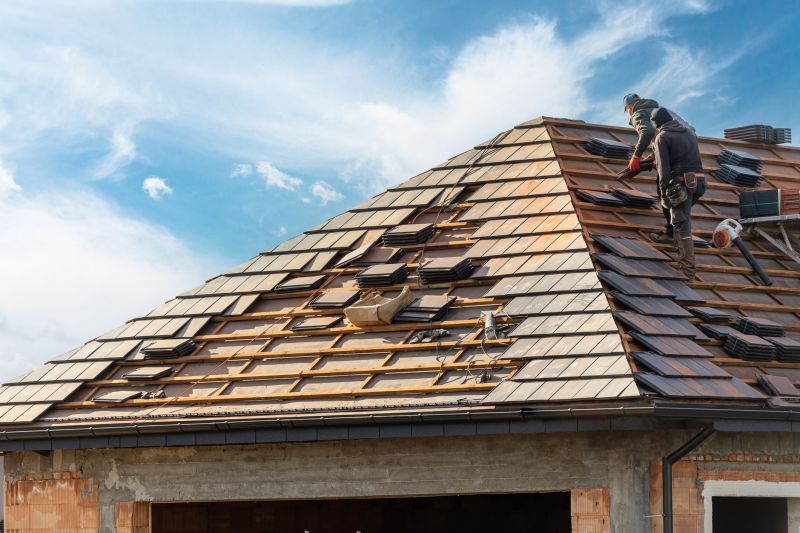
Rough timing from prep to clean-up for Roofing Service.
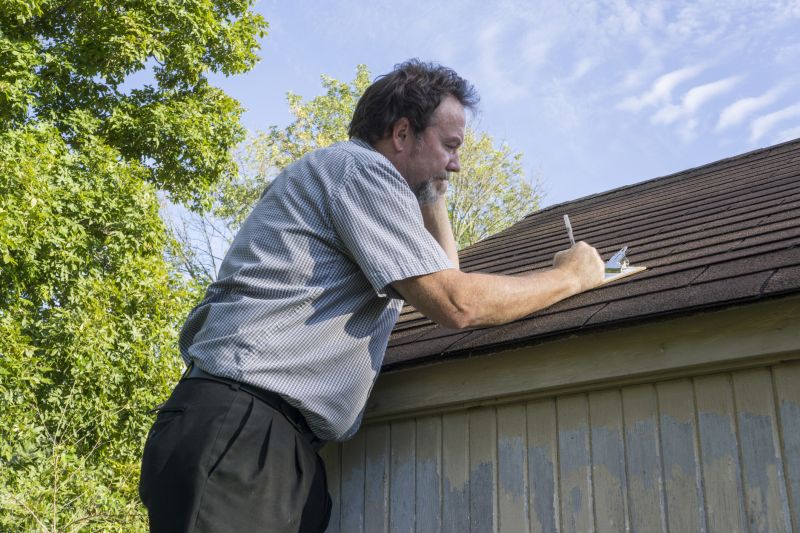
Quick checks and paperwork to keep after Roofing Service.
For those interested in scheduling roofing services, it is recommended to contact to discuss the best timing based on specific project needs and local weather patterns. Proper planning can lead to more efficient work and longer-lasting results.
